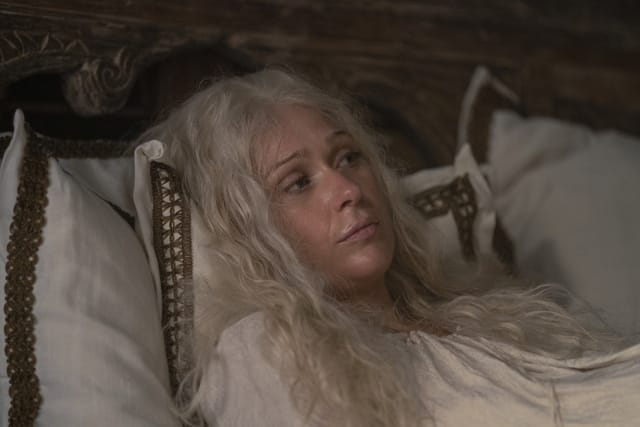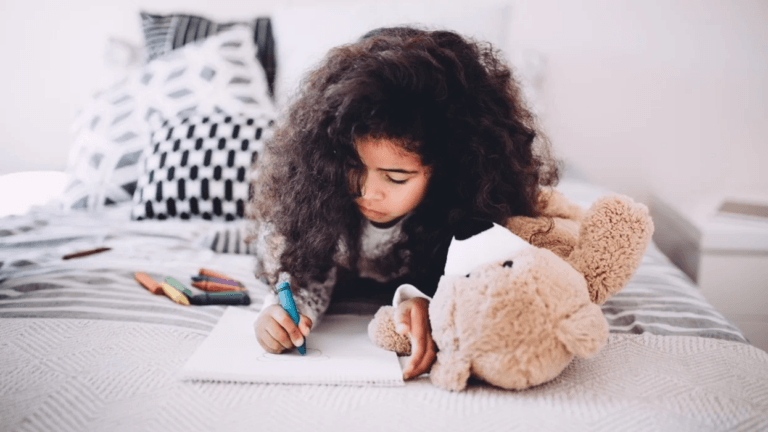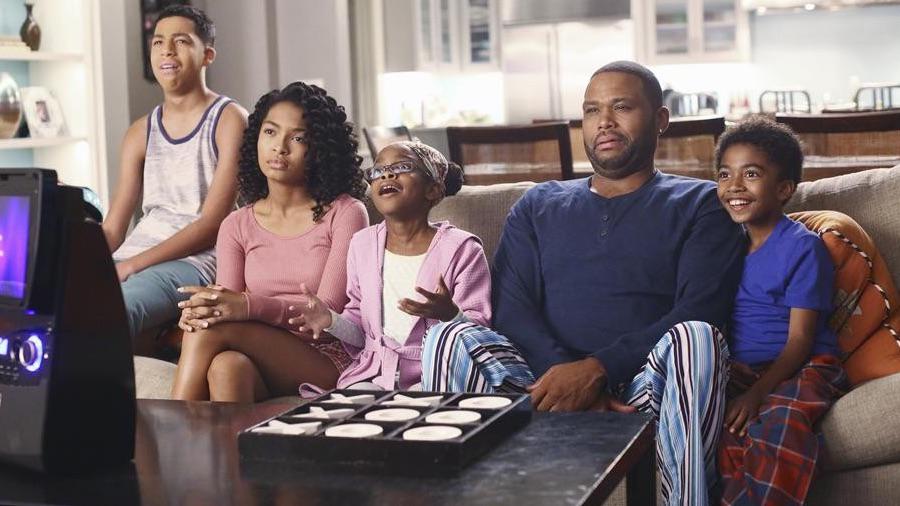House of the Dragon: Childbirth is a central theme this season, but what is the show actually trying to say?

HBO
House of the Dragon hits a little too close to home right now.
Content warning: Discussion of sexual assault ahead.
We’re just two episodes into HBO’s “House of the Dragon,” the first spinoff of the wildly popular (and often problematic) “Game of Thrones,” and the show has already stirred up outrage with a brutal forced birth scene that felt like a chilling allegory of our post-Roe America. With three additional depictions of childbirth coming later this season—which are likely to elicit more attention in the media—the showrunners have an opportunity to shine a light on the essential battle for life-saving reproductive rights in the United States. But will they?
Warning: spoilers for the first and second episodes of “House of the Dragon” ahead.
The original “Game of Thrones” series drew frequent criticism for its depictions of women, which often included sexual violence that seemed more about shock value than storytelling. But the team behind “House of the Dragon”—a prequel that chronicles the Targaryen dynasty roughly 200 years before the events of “Game of Thrones”—assured audiences that this series would be more thoughtful and socially aware.
So when outrage ensued over the first episode’s forced-birth-slash-murder scene—in which physicians intentionally and mercilessly sacrifice the life of Queen Aemma while performing a brutal, unmedicated Ceasearean delivery of her child with zero attempt made to save her life—showrunner Miguel Sapochnik explained that the disturbing event was one of four childbirth scenes that will unfold over the season, each with a different meaning.
“We gave themes to the births, and that theme for that birth was torture,” he said. “Then there’s a birth where the theme is the agony and the ecstasy. There’s a birth where the theme is impasse, and there’s a birth where the theme is a battle. So we are trying to look at them in different ways.”
I’m intrigued to see how this plays out—but honestly, I’m not convinced the showrunners knew exactly what they were tapping into when they decided to make childbirth a recurring theme throughout this season. In the first edition of “Inside the Episode,” which was filmed before the episode aired to the public, showrunners Sapochnik and Ryan J. Condal shared what must have been their initial intention in showing such a graphic depiction of death through birth.
“[The birth scene is] a realistic portrayal of things that used to happen at the hands of men to women,” explained Sapochnik.
“We were trying to show how dangerous childbirth was,” added Condal.
I had sat in silence for the full hour while watching the episode—but this was the point when I started yelling in exasperation at my TV. The showrunners referenced things that “used to” happen to women at the hands of men. They said they were trying to show how dangerous childbirth “was.”
Related: They did what? 7 fascinating facts about birth through history
Wait… what? It just seemed so out of touch. I wondered whether they were aware of the many ways that patriarchal societies enact violence on women, mothers, and birthing people—not just in ancient times, but right here and right now in America. I wondered if they understood how often pregnant people are violated during birth. Or how often pregnant women, and especially women of color, are ignored by medical providers. Or how often this treatment leads to birth complications, injuries, and even death.
In the show, Queen Aemma’s birth is stalled due to a breech baby. If left to continue laboring on her own, the King’s advisors fear that both mother and child could die—meaning the king would lose his heir. In choosing to sacrifice his wife’s life without even so much as consulting her, the King reduces Queen Aemma to nothing more than an incubator; she has no voice or choice or agency in her treatment. The King (read: the highest level of government in the land) makes it clear that the unborn baby’s life is worth more than its mother’s.
Sound familiar? Here in the U.S., the Supreme Court’s recent overturning of Roe v. Wade has paved the way for states to ban abortion. Over half the country is likely to do so—and it will, without a doubt, put many women’s lives and livelihoods in danger.
Abortion is an essential form of health care. In states with abortion bans, a pregnant person is twice as likely to die from childbirth than in states that protect abortion access. Restrictions are difficult for doctors to navigate, which hinders their ability to perform life-saving medical procedures. And the majority of Americans support the right to choose.
Despite all this, a select group of lawmakers is hellbent on restricting a woman’s ability to make the best choice for her body and her life.
So what’s the difference between a Targeryan queen being tied down and sentenced to death in the form of a forced birth… and a U.S. lawmaker insisting that a child victim of rape and incest be forced to carry a resulting pregnancy to term—despite the increased health risks of adolescent pregnancy? Not all that much, actually, and that’s what we all need to be talking about.
In more recent interviews, “House of the Dragon” showrunners have danced around the storyline’s intersection with the current debate over reproductive rights. “It’s raising a point that… it’s a real trigger for women, which is this idea of choice and that she doesn’t get to choose,” co-showrunner Miguel Sapochnik said to Popsugar. He also told the LA Times that “it feels more timely and impactful than ever.”
Related: Is a D&C considered an abortion?
And… well… yes, it’s clear that this birth-torture scene was triggering for a lot of people. But I wanted him to elaborate. I wanted him to reference all the recent headlines involving abortion bans that sound like they could be actual “Game of Thrones” plot lines. I wanted him to say that if you think life in Westeros seems brutal, just wait until you hear what’s happening to women in Alabama and Arkansas, Mississippi and Missouri, Texas and Tennessee, and far too many more states with abortion restrictions.
In that first edition of “Inside the Episode,” Condal made it very clear that their original intention was to highlight the grim realities for women giving birth in the medieval era. But what about women today? Shouldn’t everyone—and especially those with a platform—use their voice and their vote to fight laws that are pushing us right back into the dark ages?
There are three more births in store for us on “House of the Dragon” this season—and I’d be shocked if they weren’t disturbing. When those inevitable interview and comment requests come rolling in, all I will say to the showrunners is this: There’s far too much at stake to speak vaguely about choice.


































